Nutritional Profile of 6 Microgreens and A Quick Microgreen Recipe
Previous PostMicrogreens are the easiest way to get into gardening and growing greens at home. Not only are these microgreens super simple to grow, the nutrition they provide is truly matchless.
And if we don’t already say this enough, a recent study published in Scientific Reports delves into the nutritional content of six popular microgreens: broccoli, black radish, red beet, pea, sunflower, and bean . The findings highlight the unique health benefits each variety offers, making a compelling case for incorporating them into your diet - and even better, growing them at home.
- 1. Broccoli Microgreens: For Antioxidants
- 2. Black Radish Microgreens: For Detox and Defence
- 3. Beet Microgreens: For Heart and Liver Support
- 4. Pea Microgreens: For Bone and Nerve Health
- 5. Sunflower Microgreens: For Calcium-Rich
- 6. Bean Microgreens: For Vitamin C
- Why Grow Microgreens at Home?
- A Quick Recipe: Moong Daal Chilla with Microgreen Stuffing
1. Broccoli Microgreens: For Antioxidants

Broccoli microgreens stand out with the highest total phenolic content (825.53 mg GAE/100g fresh weight), compounds known for their antioxidant properties. They also boast significant levels of iron (2610.42 µg/100g FW) and manganese (350.56 µg/100g FW), essential for oxygen transport and metabolic functions.
2. Black Radish Microgreens: For Detox and Defence

Black radish microgreens exhibit the highest antioxidant capacity among the studied varieties, with a DPPH scavenging activity of 83.32%. Their rich phenolic content (659.53 mg GAE/100g FW) contributes to their potent free radical neutralisation, supporting the body's defence mechanisms.
3. Beet Microgreens: For Heart and Liver Support

Beet microgreens are notable for their high citric acid content (358.83 mg/100g FW) and the highest flavonoid levels (1625 mg/100g FW) among the six. These compounds are associated with cardiovascular health and liver function, making red beet microgreens a valuable addition to a heart-healthy diet.
4. Pea Microgreens: For Bone and Nerve Health

Pea microgreens shine with the highest phosphorus (4.88 mg/100g FW) and copper (221.91 µg/100g FW) concentrations. Phosphorus is vital for bone health, while copper plays a crucial role in nerve function and iron metabolism.
5. Sunflower Microgreens: For Calcium-Rich

Sunflower microgreens lead in calcium content (145.29 mg/100g FW), essential for bone strength and muscle function. They also have the highest zinc levels (956.34 µg/100g FW), supporting immune health and wound healing.
6. Bean Microgreens: For Vitamin C

Bean microgreens top the chart in ascorbic acid (Vitamin C) content, with 80.45 mg/100g FW. Vitamin C is crucial for immune support, collagen synthesis, and as an antioxidant. Additionally, they have the highest potassium levels (416.05 mg/100g FW), important for heart and muscle function.
Why Grow Microgreens at Home?

The answer is simple. Homegrown microgreens are always going to be fresher and cleaner and you’re going to save up on those high costs. Growing microgreens at home offers several advantages.
- Freshness and Nutrient Retention: Harvesting microgreens at their peak ensures maximum nutrient content, which can diminish over time in store-bought produce.
- Cost-Effective: Growing your own microgreens is economical, providing a continuous supply of fresh greens without the premium price tag.
- Pesticide-Free: Home cultivation allows you to control growing conditions, reducing or eliminating the need for chemical pesticides.
- Space-Efficient: Microgreens require minimal space and can thrive on windowsills or countertops, making them ideal for urban gardeners.
Ready to grow your microgreens at home? Check out our complete kit that has everything you need to start growing 4 different varieties of microgreens at home.
Moreover, we also have a wide range of non-treated microgreen varieties available at discounted prices for commercial microgreen sellers. Reach out to us now if you are looking for quality seeds for growing microgreens for commercial use.
Incorporating a variety of microgreens into your diet can address specific nutritional needs, from boosting antioxidant intake with broccoli microgreens to enhancing bone health with sunflower microgreens. By growing them at home, you ensure access to fresh, nutrient-rich greens that support overall health and well-being. (Nutritional quality profiles of six microgreens | Scientific Reports)
A Quick Recipe: Moong Daal Chilla with Microgreen Stuffing

For the Chilla Batter:
1 cup split yellow moong daal (soaked for 2–3 hours)
1 green chilli (optional)
½ inch ginger
Salt to taste
¼ tsp turmeric
Water (as needed for grinding)
For the Microgreen Stuffing:
½ cup broccoli microgreens (rich in iron and antioxidants)
½ cup sunflower microgreens (high in calcium and zinc)
¼ cup beet microgreens (adds earthy flavour and heart-healthy nutrients)
2 tbsp crumbled paneer or tofu (optional for added protein)
Pinch of chaat masala
Lemon juice to taste
Salt to taste
Instructions:
- Make the Chilla Batter: Drain soaked moong daal and blend with ginger, green chilli, turmeric, and salt. Add water gradually to make a smooth, pourable batter like dosa consistency.
- Cook the Chilla: Heat a non-stick or cast iron tawa and pour a ladleful of batter in the centre. Brush the pan with minimal ghee or oil. Spread the batter out gently like a dosa. Cover and cook on a low flame for 1–2 minutes until the underside is golden. Flip and cook the other side for 30–40 seconds. Transfer to a plate.
- Prepare the Stuffing: In a bowl, lightly toss broccoli, sunflower, and beet microgreens with crumbled paneer, chaat masala, lemon juice, and salt. Do not cook the microgreens - they're best consumed fresh for maximum nutrition.
- Assemble: Place the stuffing in the centre of the chilla and fold. Serve immediately with green chutney or curd on the side.
References:
Balik, S., Elgudayem, F., Dasgan, H.Y., Kafkas, N.E., & Gruda, N.S. (2025). Nutritional quality profiles of six microgreens. Scientific Reports, 15, Article number: 6213. https://www.nature.com/articles/s41598-025-85860-z


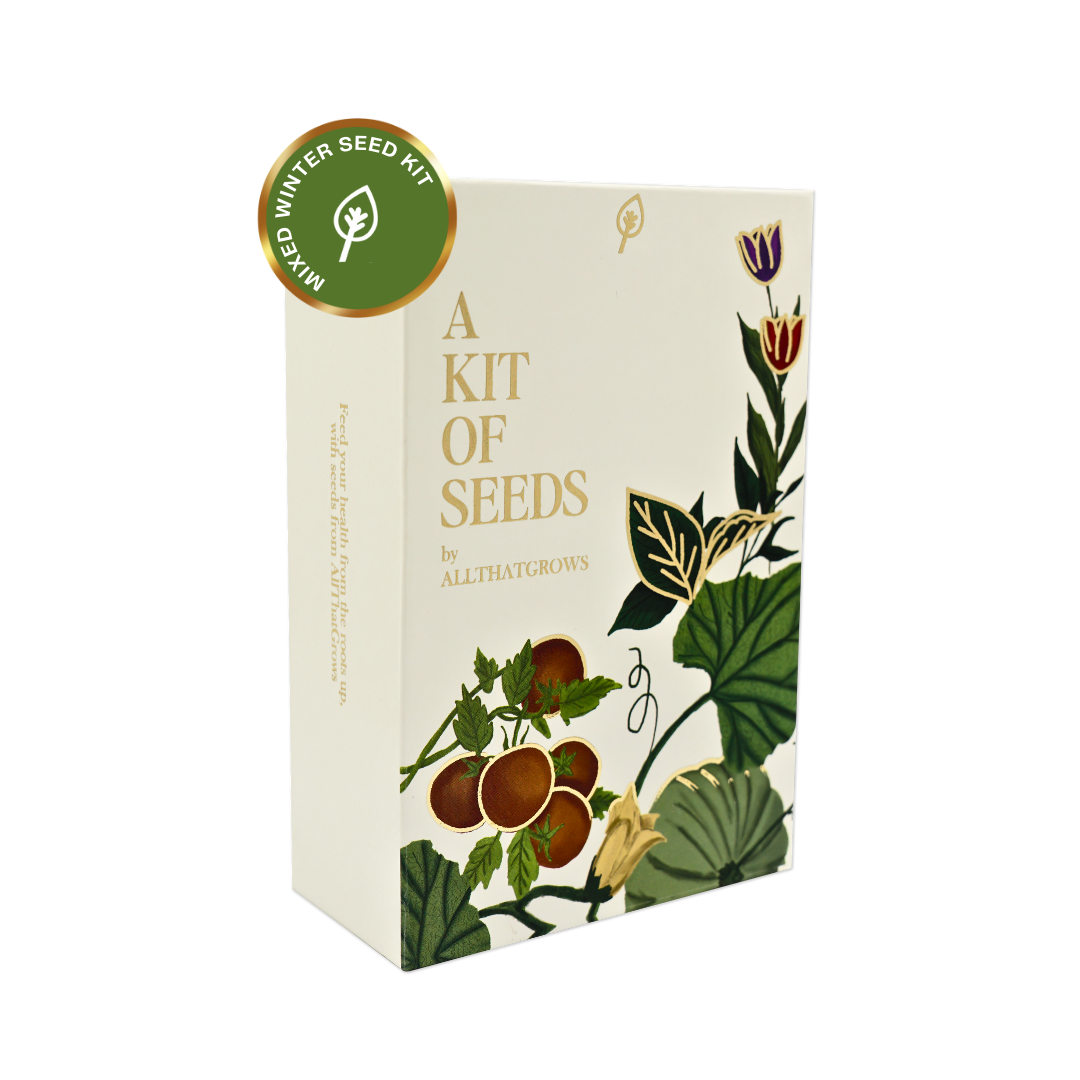


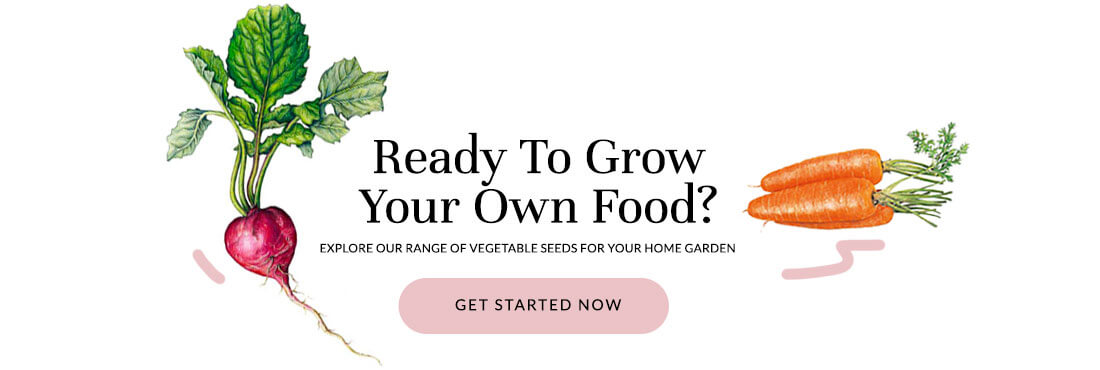

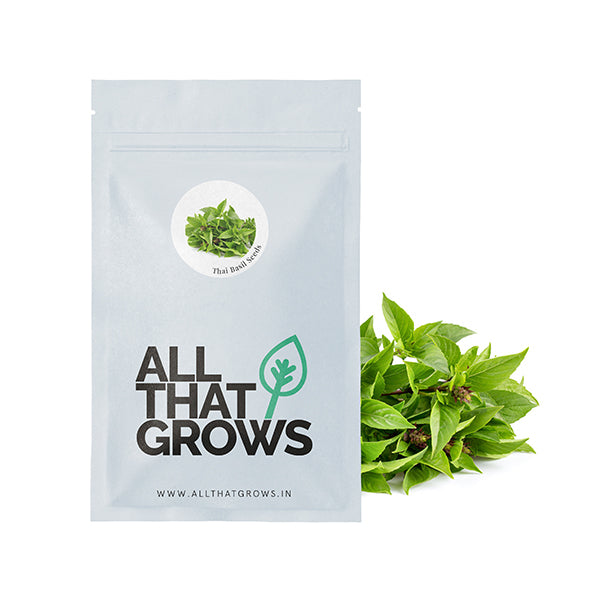
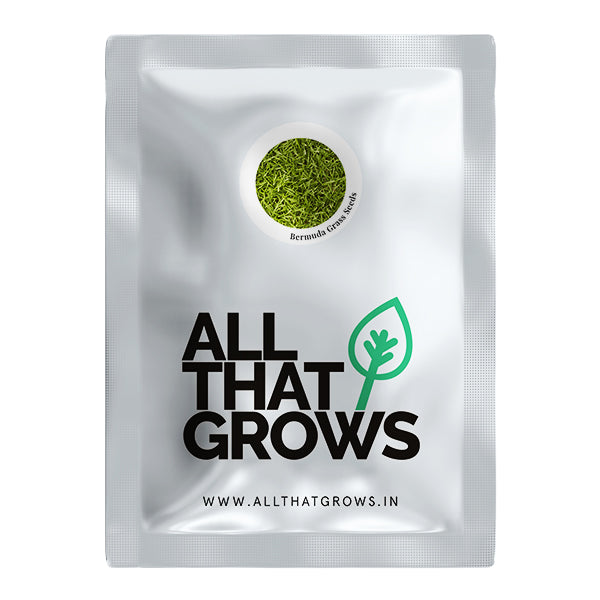
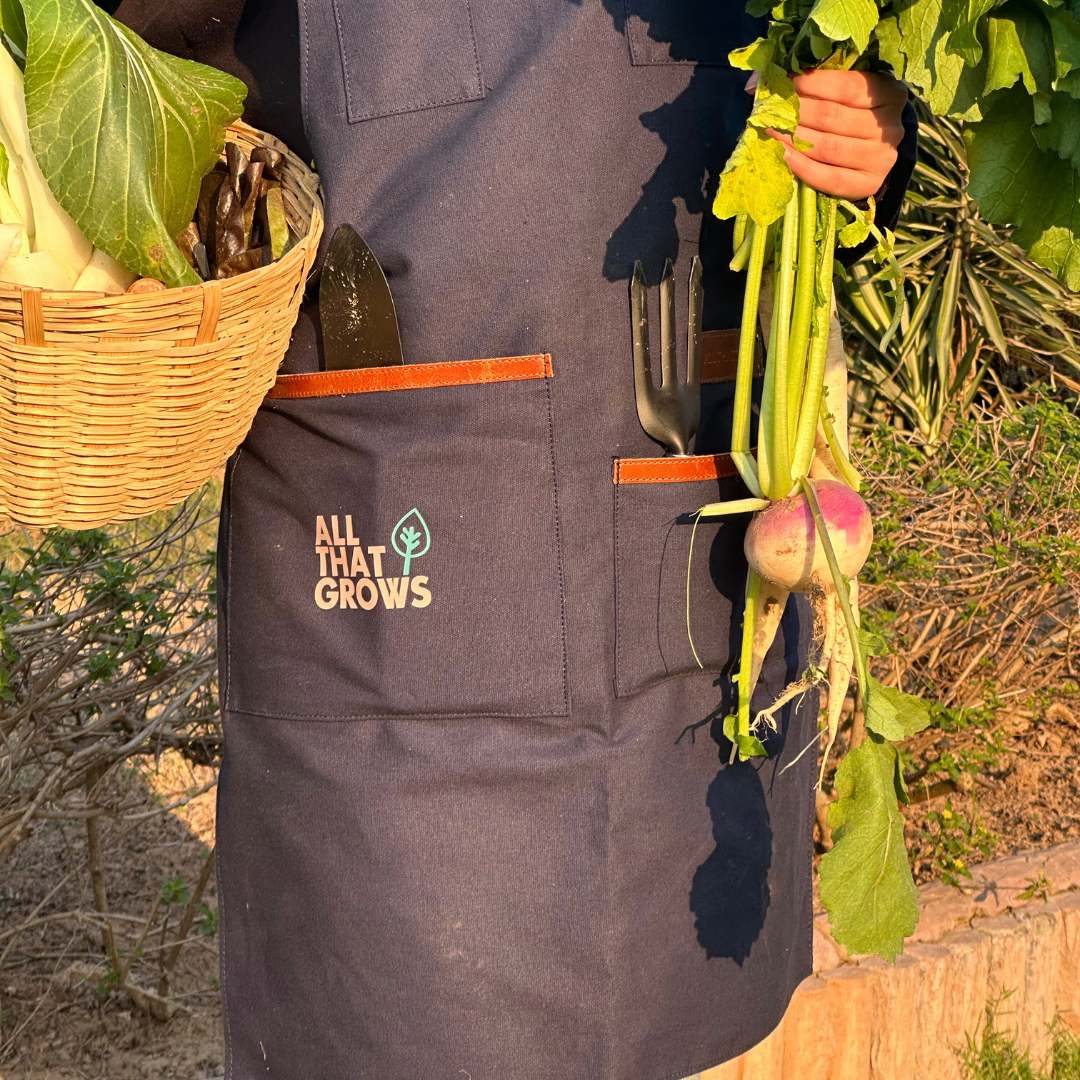
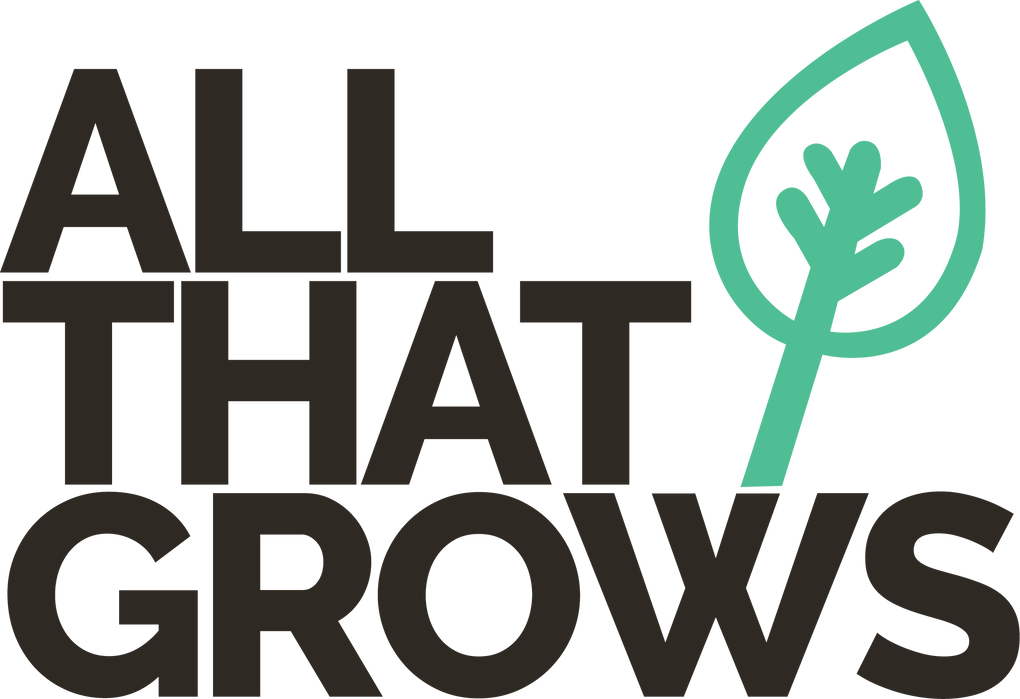
Leave a comment